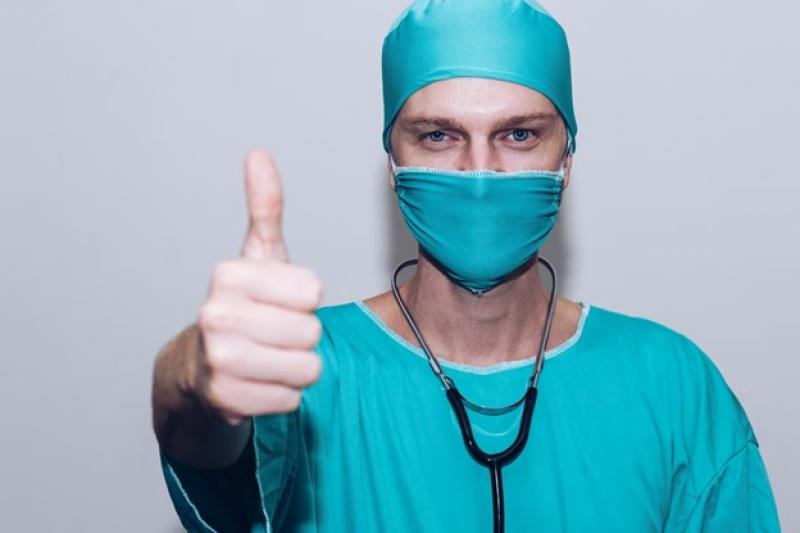Which is the best treatment for varicose vein?

It is completely normal to have varicose veins. In fact, 30 million people in the United States are affected by it.
But, even though varicose veins are often not a serious medical condition, many people are still put off and embarrassed by how it looks on their skin.
Since varicose veins do not simply go away naturally, people often turn to vascular surgeons and vein specialists to have it permanently and completely removed.
With that, we have consulted with a few specialists from Fort Worth vein clinic to better understand the treatments available for varicose veins.
Radiofrequency Ablation (RFA)
It is one of the most popular and accessible ways to treat varicose veins. Many hospitals and even small vein clinics offer this type of treatment so it is not that hard to get access to it.
General anesthesia is often not a requirement for this procedure because local anesthesia is already enough.
A small device is inserted to your veins, delivering heat to your vein wall and causing it to shrink. And to ensure accurateness, the doctor is guided by an ultrasound technician as well. This would help ensure that they are targeting and completely removing all of your problematic veins. Radiofrequency ablation was approved by the FDA in 1999. So it has already been proven and tested by patients before you.
Besides, given that this procedure can be done in an outpatient setting, the entire process can be done in less than one or two hours. Afterwards, patients can immediately continue with their normal life because it requires little to no downtime after the procedure.
Endovenous Laser Therapy (EVLT)
Another minimally invasive procedure that patients opt for is Endovenous Laser Therapy (EVLT). The University of Virginia states that this procedure is often performed on patients who still have relatively straight and untwisted veins.
The process is just like RFA but this treatment provides a much better contact to your vein wall.
It is usually done with a radiologist, who would insert a catheter on the patient’s damaged veins. With an ultrasound guide, a laser at the end of the catheter heats the walls of the vein. This in turn closes it and causes the blood to stop flowing.
Although the treatment may sound too complicated, it just takes an hour or so just to finish the entire process. So like any other varicose vein treatment, you no longer have to be admitted to the hospital and you can immediately resume what you are doing the same day.
Sclerotherapy
This treatment is particularly helpful for those who have smaller varicose veins or spider veins. It involves microinjections of solution into the areas where the damage veins are. The injections are smaller than the ones used for flu shots so the needle pain is very minimal.
The solution used for this treatment causes the vein wall to swell, allowing them to stick together and seal shut. Most clinics use FDA-approved sclerosing agents for their solution to ensure efficacy and safety. There are also other clinics that offer compounded sclerotherapy for faster and much more visible results.
Keep in mind that different clinics offer different types of sclerotherapy. So be sure to discuss this with your vein doctor and ask for their advice of which sclerotherapy is much more suitable for your unique needs and problems.
For the duration of the treatment, sclerotherapy can be done in less than 30 minutes. This, however, still ultimately depends on the clinic and the severity of your spider veins. But generally, patients can be done with this treatment in less than an hour and they can automatically resume what they are doing for the day. Patients can resume intense activities and heavy exercise after one week.
More to Read:
Previous Posts:








